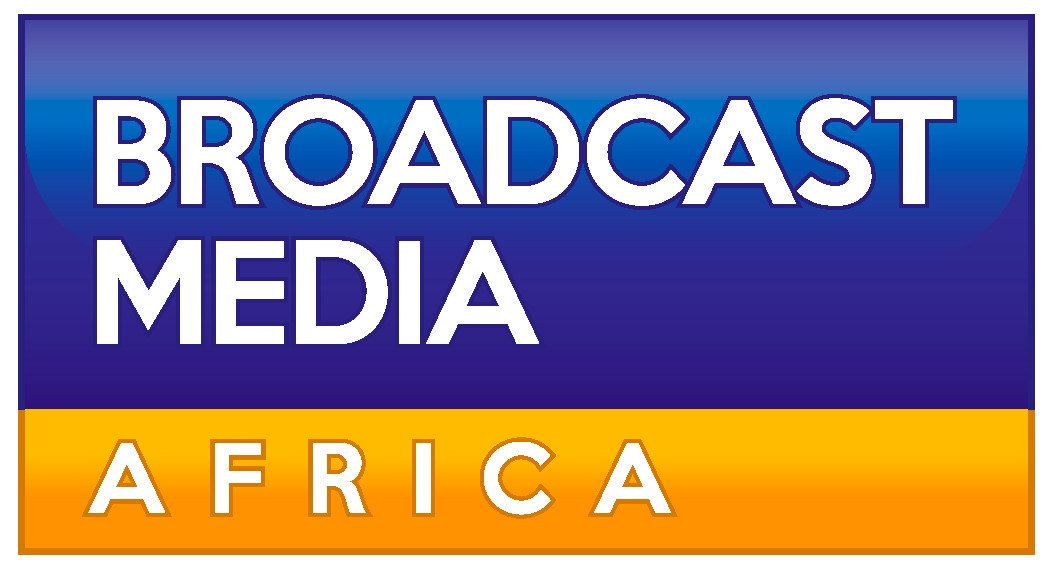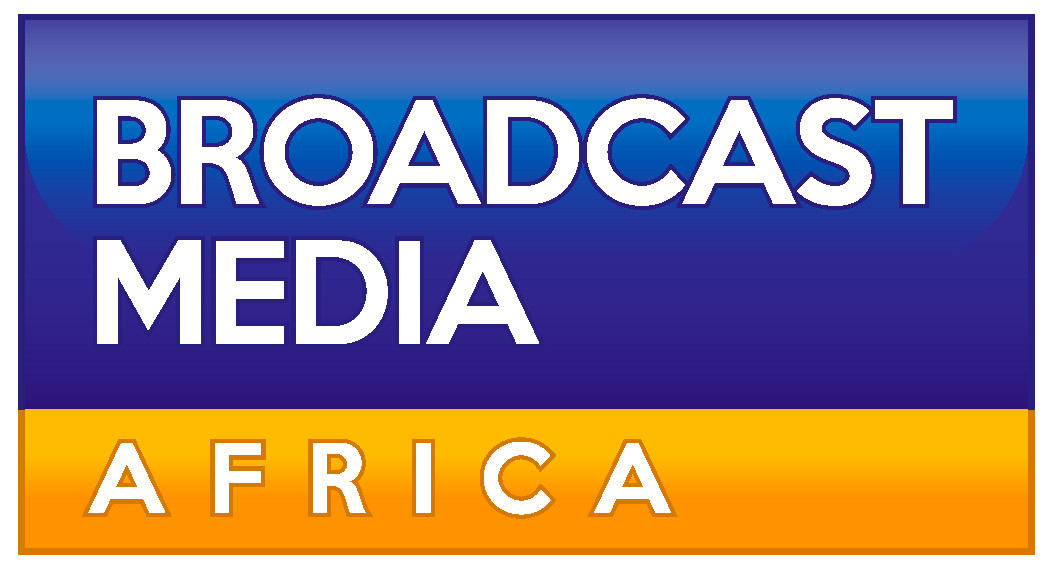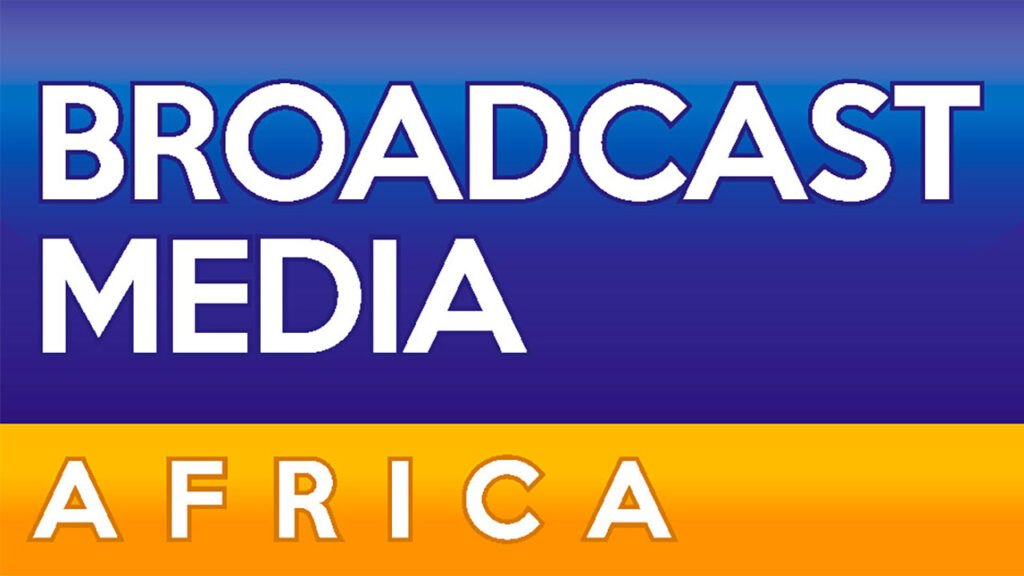

Starlink is making waves in Africa’s internet market by offering affordable and high-speed satellite internet, leading to unprecedented demand. In several countries where the service has launched, shelves have emptied rapidly, demonstrating how eager consumers are for a reliable connection.
Since successfully obtaining regulatory approval, Elon Musk’s Starlink has sold out in major urban areas across five African nations, including Zimbabwe’s capital, Harare. Nigeria, with five cities—Abuja, Kano, Lagos, Port Harcourt, and Warri—has seen particularly high demand, all marked as ‘Sold Out’ on Starlink’s coverage map.
In Kenya, terminals have swiftly disappeared in Nairobi, while Lusaka in Zambia has also run out of stock. In Madagascar’s capital, Antananarivo, residents face longer wait times as the service is expected to expand in 2025.
The swift sellout of Starlink terminals underscores a growing need for dependable internet access in Africa. This increasing demand has been fueled by a significant reduction in equipment prices, which has shaken up traditional internet providers and caused them to reconsider their pricing strategies.
In response to Starlink’s competitive pricing, local ISPs like Safaricom in Kenya have been compelled to adjust their rates. After Starlink introduced a more budget-friendly kit and monthly plan in September, Safaricom upgraded its internet packages and speeds to retain customers.
The new Starlink Mini kit is now priced at approximately US$208.38, down from US$347.25 since its launch in July 2023, offering speeds up to 100 Mbps. A monthly rental option is available for just US$15, with a one-time activation fee of US$21.
In reaction, Safaricom enhanced its service offerings, boosting the speeds of various plans at the same price. For example, its 10 Mbps package is now 15 Mbps for US$23, and its premium 100 Mbps plan has been upgraded to a staggering 500 Mbps for US$97.
Starlink’s entry into the African market has garnered great popularity, particularly in Kenya and Nigeria. As of June 30, 2024, Starlink had secured over 8,000 customers in Kenya, capturing 0.5% of the market share, with Safaricom still leading at 36.4%.
Kenya’s Communications Authority observed a steady increase in satellite subscriptions post-Starlink’s launch, with a notable 96.6% of satellite customers subscribing to speeds between 100 Mbps and 1 Gbps.
In light of its rapid growth, Safaricom’s CEO, Peter Ndegwa, recently acknowledged the need for collaboration with satellite providers like Starlink, recognising that partnerships are essential for technological integration.
This shift followed a protest letter from Safaricom to the government, raising concerns over licensing independent satellite providers that could interfere with mobile networks. Yet, Kenya’s President, William Ruto, has emphasised that Starlink’s presence aligns with the government’s mission to enhance internet connectivity.
By the end of 2023, Starlink had accumulated 23,897 active customers in Nigeria, nearing the 27,000 users from FiberOne, the country’s second-largest ISP. This positions Starlink as a significant player in the market, with Nigeria’s oldest provider, Spectranet, reporting more than 113,000 active customers.
Globally, Starlink achieved a milestone of 3 million users spread across nearly 100 countries in May. In Africa, the service has also been approved to operate in several nations, including Mozambique, Eswatini, Botswana, Rwanda, South Sudan, Burundi, Benin, Ghana, Sierra Leone, and Malawi, further indicating its expansive ambitions and influence on the continent’s digital landscape.










